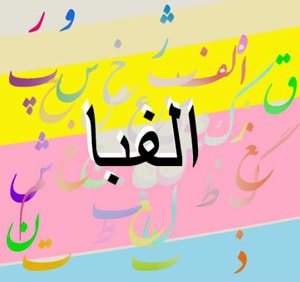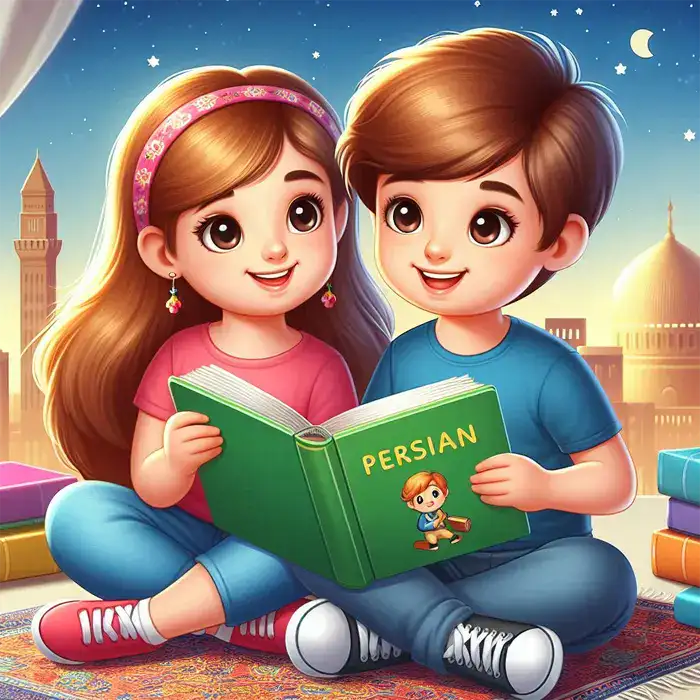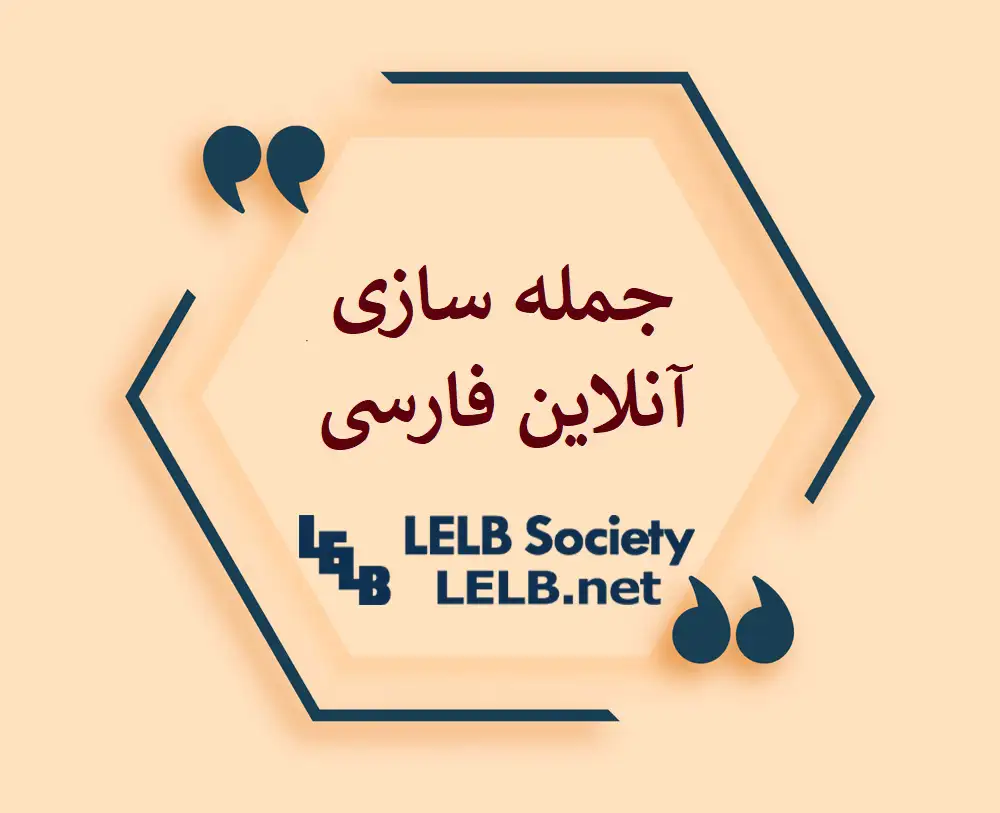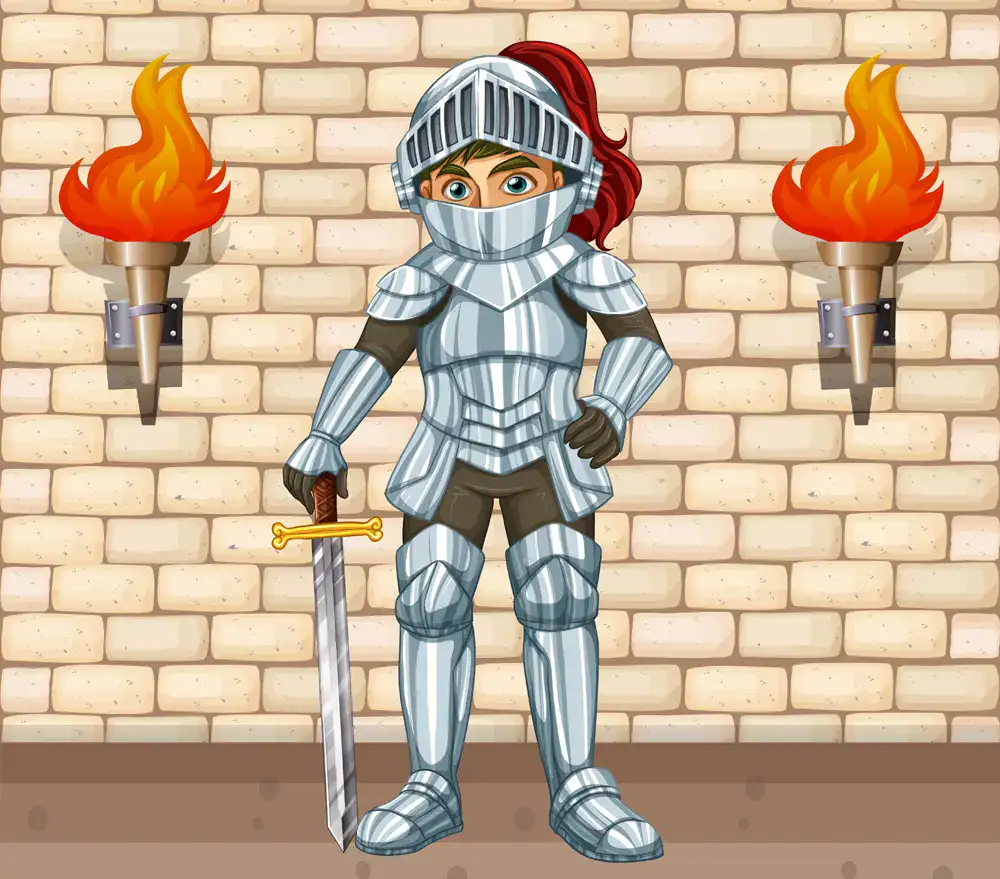Drawing the Persian Alphabet Drawing the Persian Alphabet This lesson provides you with information on Farsi reading and writing, and by the end of this lesson, you'll have learned the first three letters of Persian alphabet. https://www.youtube.com/watch?v=JwQ6Xe-7EVU&t=29s Farsi is written from right to left. That means whenever you open a book in Farsi, or even your Farsi practicing notebook, you're gonna open it from the right. The next thing is that Farsi letters can get attached together, but be careful that I'm saying they CAN get attached, because some of the letters are isolated, and they do not get attached ...
Home » Learn Persian Online with 500 Persian Lessons + Videos » Drawing the Persian Alphabet with Pictures & Details

Drawing the Persian Alphabet with Pictures & Details
Updated: by Mahsa Mohammadi
Time to Read: 8 minutes | 302 Views | No Comments on Drawing the Persian Alphabet with Pictures & Details


